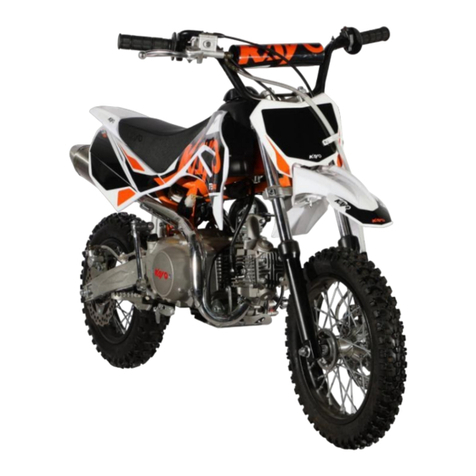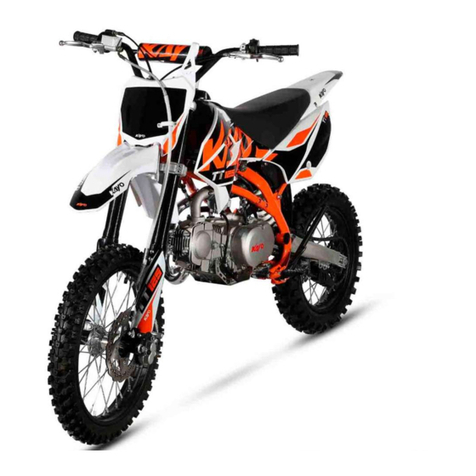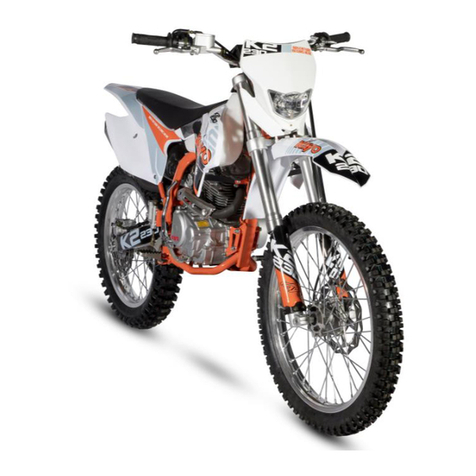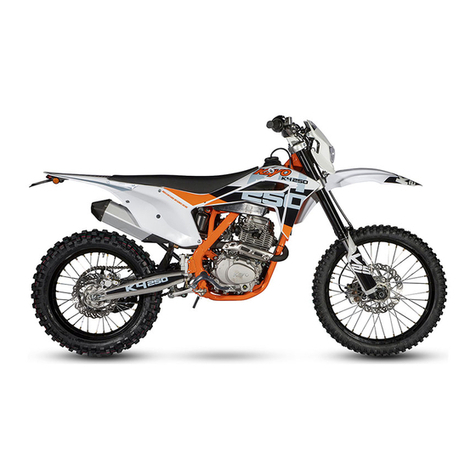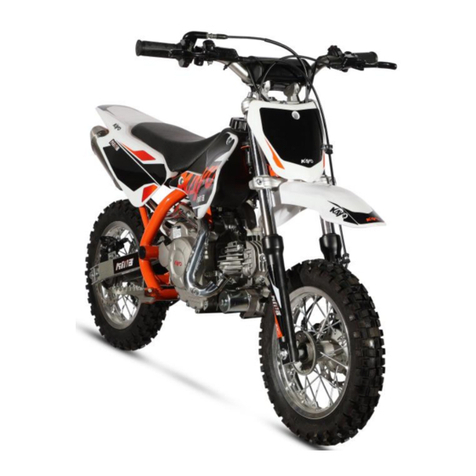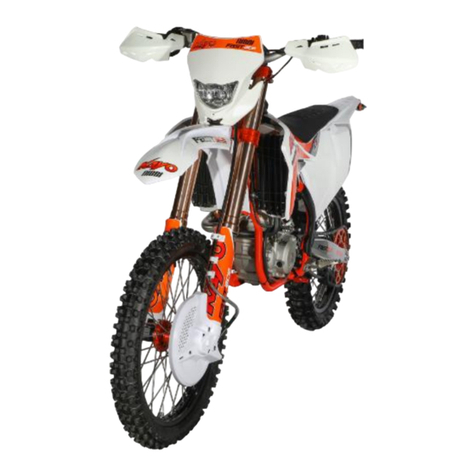Installation of cylinder block……………………………………………………………………...………………50
Clutch, driving gear, driven gear, oil pump, shifting mechanism……………………………...…………………51
Matters needing attention…………………………………………………………………………………………51
Main parameters and maintenance standards……………………………………………………….……………51
Fault symptom and cause analysis………………………………………………………………....……………52
Removal of right trim cover……………………………………………………………………..………………52
Adjustment of clutch stroke……………………………………………………………………..………………52
Removal of right crankcase cover……………………………………………………………....………………53
Clutch disassembly……………………………………………………………………....………………………53
Disassembly of driving and driven gears…………………………………………………...……………………53
Removal of engine oil pump…………………………………………………………………..…………………54
Disassemble shift mechanism……………………………………………………………………………………53
Inspection of right crankcase cover………………………………………………………………………………54
Clutch inspection…………………………………………………………………………………………………55
Inspection of driving and driven tooth……………………………………………………………………………55
Check the oil pump………………………………………………………………………………………………56
Check shift mechanism……………………………………………………………….…………………………56
Assembly of shift mechanism……………………………………………………………………………………56
Assembly of oil pump……………………………………………………………………………………………57
Assembly of driving and driven teeth………………………………………………………....…………………57
Clutch assembly………………………………………………………………........……………………………58
Installation of clutch………………………………………………………………………………..……………58
Assembly of right crankcase cover…………………………………………………………………....…………58
Assembly of right crankcase cover………………………………………………………………………………59
Right trim cover for installation…………………………………………………………………….........………59
Magneto, timing chain……………………………………………………………………………………………60
Matters needing attention…………………………………………………………………………………………60
Removal of left rear cover…………………………………………………………………………………..……60
Removal of left front cover………………………………………………………………………………….……60
Removal of magneto stator……………………………………………………………………………….………60
Removal of magneto rotor………………………………………………………………………………..………61
Removal of starting motor and starting sprocket…………………………………………………………….……61
Removal of transition plate…………………………………………………………………………………..……62
Removal of timing chain…………………………………………………………………………………..………62
Removal of tensioning arm, tensioning rod and tensioning roller………………………………………...………62
Inspection of left front cover and left back cover…………………………………………………………………62
Transition plate, starting motor, starting sprocket inspection…………………………………………………..…63
Magneto stator, rotor inspection………………………………………………………………………………..…63
Installation of tensioning arm, tensioning rod and tensioning roller…………………………………………...…63
Transition plate installation…………………………………………………………………………………….…64
Installation of starting motor and starting sprocket…………………………………………………………….…64
Installation of magneto stator…………………………………………………………………………………..…64
Installation of magneto rotor……………………………………………………………………………………...65
Installation of left cover…………………………………………………………………………………………..66
Crankcase, crankshaft, main and auxiliary shafts and speed drum……………………………………………….66
Matters needing attention…………………………………………………………………………………………66
Main parameters and maintenance standards……………………………………………………………………..66
Fault symptom and cause analysis………………………………………………………………………………..66
Decomposition of crankcase…………………………………………………………………………………......…67
Disassembly of crankshaft, main and auxiliary shaft……………………………………………………......………67
Decomposition of variable speed drum…………………………………………………………….......……………67
Inspection of crankshaft………………………………………………………………………......…………………68
Left and right crankshaft box bearing inspection……………………………………………...……………………68
Check shift fork, fork shaft and shift drum……………………………………………........………………………68

